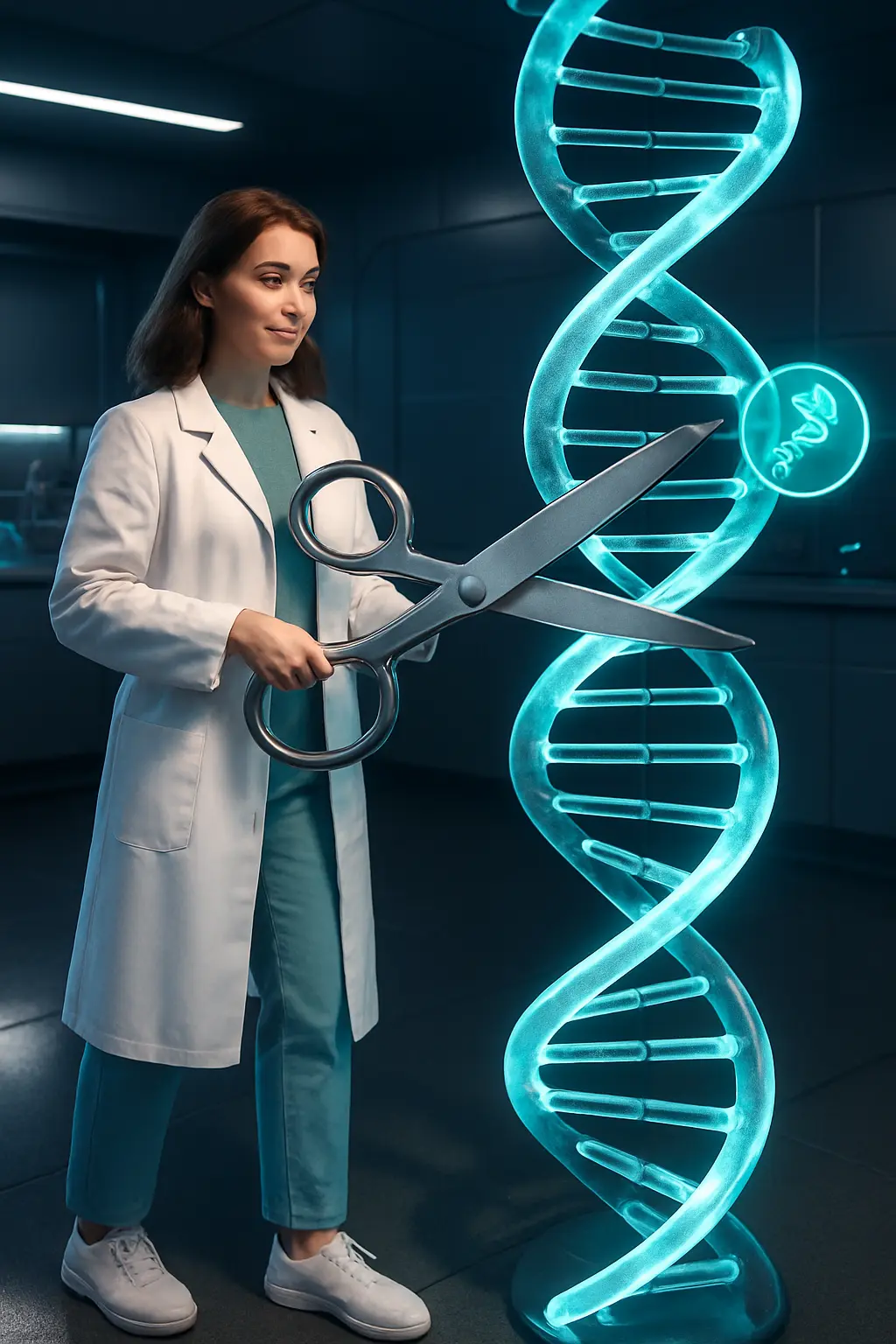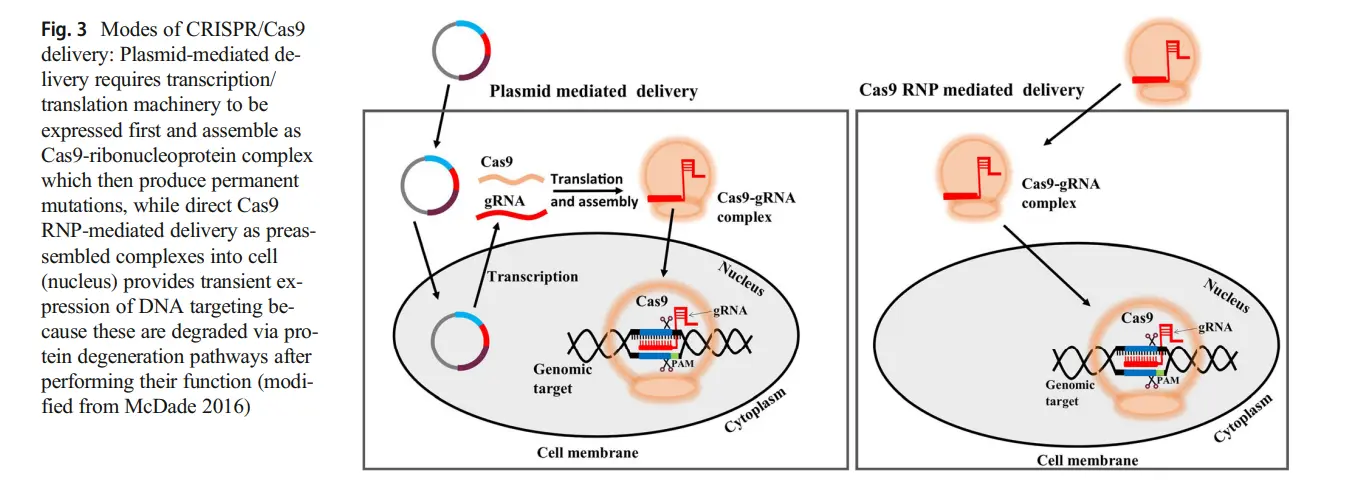Hereditary hearing loss accounts for about 50% of congenital deafness cases and affects millions of people worldwide. While hearing aids and cochlear implants help compensate for hearing deficits, they do not repair the damaged sensory cells of the inner ear. The CRISPR/Cas9 gene editing tool offers a revolutionary solution: directly correcting the mutations responsible for deafness at the genetic level.
What Is CRISPR/Cas9?
CRISPR/Cas9 is a genome editing technology inspired by a natural defense mechanism found in bacteria. In nature, bacteria use it to cut up invading viruses. Scientists have harnessed this system to:
- Locate specific genes using a guide RNA.
- Precisely cut DNA at the target site with the Cas9 enzyme.
- Repair or correct the gene sequence using the cell’s natural repair processes.
Targeting Genes Linked to Hereditary Deafness
More than 100 genes have been linked to genetic forms of deafness. Some key targets include:
- TMC1: Mutations cause degeneration of cochlear hair cells and progressive hearing loss.
- USH2A: Mutations cause Usher syndrome (hearing loss combined with progressive vision loss).
- GJB2: The most common cause of congenital recessive deafness.
- OTOF: Involved in auditory synaptopathy.
CRISPR/Cas9 can:
✅ Cut DNA precisely at the mutation site.
✅ Correct the error, restoring a functional version of the gene.
✅ Work in sensory cells or their supporting cells in the cochlea.
learn more
Proof-of-Concept in Animal Models
Promising results have already been achieved in preclinical studies:
- TMC1 mutation (mouse model): Delivering CRISPR/Cas9 via a viral vector into the cochlea corrected the mutation, preserved hair cells, and improved hearing responses.
- USH2A and GJB2 correction in cell cultures: Gene editing restored production of essential proteins in auditory cells.

How Would a CRISPR/Cas9 Therapy Work in the Inner Ear?
1️ Designing the Guide RNA
A specific RNA sequence is created to match the exact mutation needing correction.
2️ Packaging in a Vector
A harmless viral carrier (usually AAV - adeno-associated virus) delivers CRISPR/Cas9 to inner ear cells.
3️ Injection into the Cochlea
The vector is injected directly into the cochlea, often through a small surgical opening.
4️ DNA Editing
Cas9 cuts the DNA at the target, and the cell’s repair system corrects the mutation or incorporates a functional gene sequence.
⚠️ Current Challenges
👉 Absolute precision is required to avoid cutting unintended DNA regions (off-target effects).
👉 Efficient delivery to deep cochlear cells without damaging delicate structures is complex.
👉 Durability and safety must be guaranteed to ensure long-term benefit without triggering inflammation or tumor growth.
🌟 A New Era for Genetic Hearing Loss Treatment
CRISPR/Cas9 could one day:
➡ Correct mutations before symptoms appear in at-risk children.
➡ Restore function to damaged cochlear hair cells and auditory neurons.
➡ Provide a permanent cure instead of lifelong reliance on devices.
Scientists are working hard to turn experimental success into real-world therapies that could transform the lives of millions with genetic hearing loss.
Learn more
